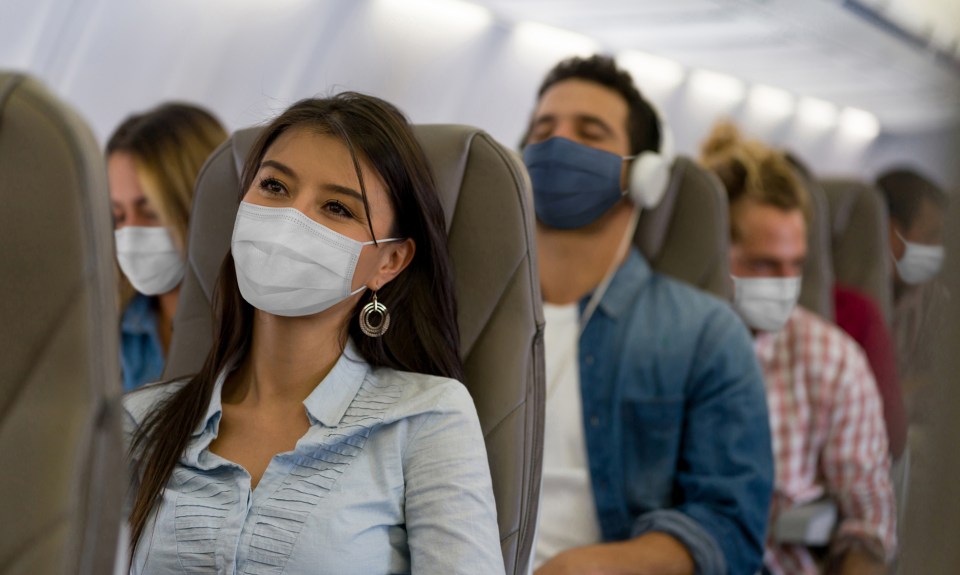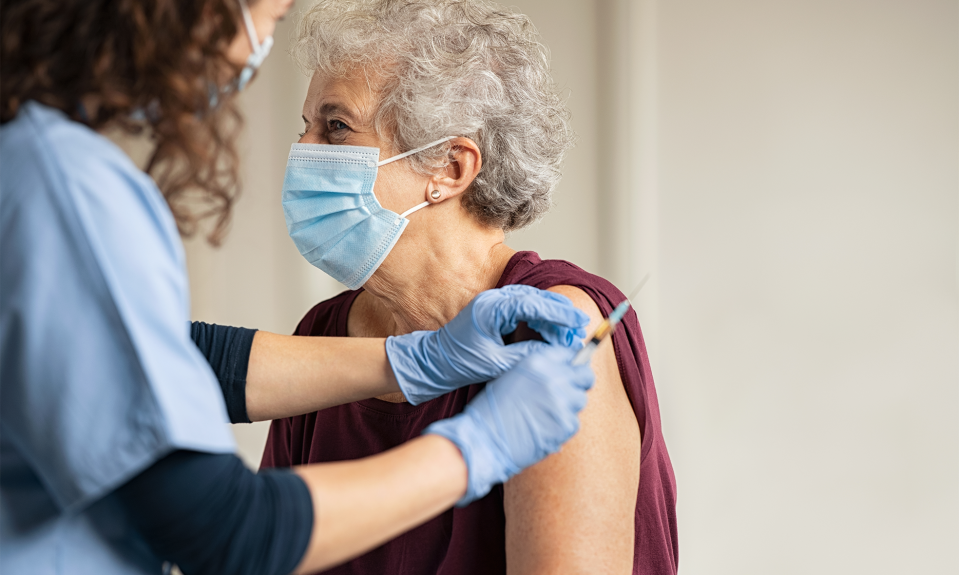Editor’s note: This post has been updated to reflect new CDC guidance
As more individuals receive the vaccine, mask-wearing mandates are being lifted, leaving many getting used to breathing without a mask once again.
However, with the CDC recently updating its masks-wearing guidance for vaccinated individuals, more places are going back to requiring masks, and some cities and states are considering reinstating mask mandates as variants such as the Delta variant are again causing positive cases to climb throughout the U.S.
Depending on where you live or where you might be going, it may not be time to put up those masks just yet.
Even if you live in an area where mask wearing is largely a thing of the past here are a few tips to help you combat the effects of mask wearing should you find yourself in a situation where a mask is needed or in some cases, required.
Where is mask wearing mandated?
Fully vaccinated or not, all forms of public transportation require mask wearing. That includes buses, planes, trains and cabs, as well as ride sharing services such as Uber and Lyft.
In January, the CDC issued an order “requiring the wearing of masks by people on public transportation conveyances or on the premises of transportation hubs to prevent the spread of the virus that causes COVID-19.” The order was amended in June, but only insofar as it no longer requires masks to be worn while outdoors on the premises of transportation hubs.
The CDC is expected to revisit the order this fall, but, until further notice, all passengers and employees must continue to wear a mask while using public transportation. Failure to do so could result in federal charges.
The majority of cities and states have lifted mask-wearing mandates, however some are still requiring them indoors. View this mask tracker for NBC News to determine which states still have a mask requirement in some or all situations.
It is important to keep in mind that even though many states have lifted mask mandates, you can still face charges if you refuse to wear one in stores, restaurants and businesses that still require one. Furthermore, the CDC still recommends, and most hospitals and other healthcare facilities require, that staff, patients, residents and visitors continue to wear a mask.
How to wear a mask properly
According to the CDC, masks must be:
- Worn completely covering the nose and mouth
- A solid piece of material without slits, exhalation valves or punctures.
- If made of cloth, two or more layers of a breathable fabric that is tightly woven
- If wearing a gaiter, it should have two layers of fabric or be folded to make two layers.
- Secured to the head with ties, ear loops or elastic bands that go behind the head.
- Fit snugly but comfortably against the side of the face.
Guidelines for better mask breathing
If you’ve gotten used to breathing more freely and find yourself in a situation where a mask is required, PN Medical–which has been providing respiratory education and solutions for 40 years–has developed some breathing strategies to help people breathe more effectively and feel better while wearing masks:.
- Take 5 quality breaths. Perform five quality breaths prior to putting on a mask, immediately after putting it on and when it is removed to prevent being locked into a dysfunctional breathing pattern. A quality breathe is four seconds of breathing in through the nose, six seconds of exhaling through the mouth and pausing two seconds before repeating.
- Take longer, slower breaths. Focus on slowing down your breathing while wearing a mask to ensure you combat the side effects of shallow breathing.
- Take mask breaks. If you have to wear a mask for an extended period of time, take regular breathing breaks by removing the mask when it’s safe and practicing the five quality breaths protocol above.
- Practice respiratory muscle training (RMT). RMT is a method where both inhaling and exhaling are trained under resistance to improve respiratory muscle strength. Set time aside to practice RTM for five minutes in the mornings and evenings.
The content of this site is for informational purposes only and should not be taken as professional medical advice. Always seek the advice of your physician or other qualified healthcare provider with any questions you may have regarding any medical conditions or treatments.


